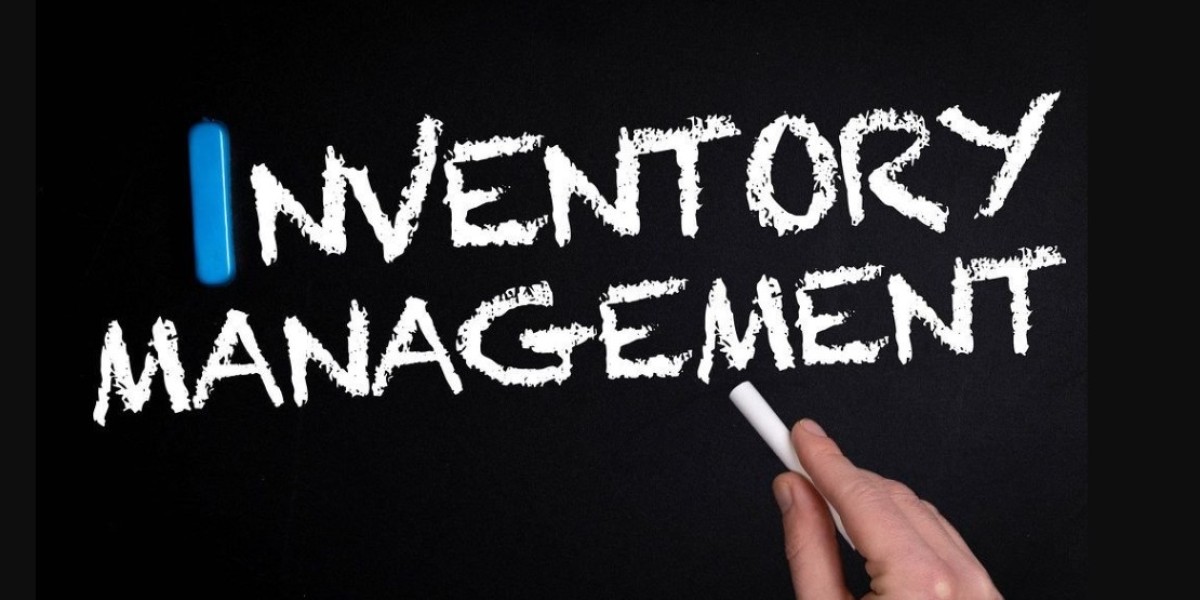In this blog post, we'll guide you through everything you need to know about choosing the perfect inventory management software. From understanding your business needs to evaluating key features and user interface, let's dive into the world of inventory management!
Understanding Your Business Needs
Before you start searching for inventory management software, the first step is to understand your business needs. Take a look at your current inventory management process and identify areas that need improvement. Do you need a system that can handle multiple locations? Or do you require real-time tracking capabilities? Understanding these specific requirements will help narrow down your options.
Consider factors such as the size of your business, the number of products in stock, and how frequently orders are received and fulfilled. If you have seasonal fluctuations or promotions throughout the year, look for software that can easily adjust to these changes.
Another crucial aspect to consider is scalability - think about where your business might be in five years time. Will the software grow with your business or will it become redundant? It's important to invest in a system that has room for expansion as this will save you time and money in the long run.
By understanding exactly what features and functions are essential to streamline operations within your company, choosing an inventory management solution becomes much simpler!
Key Features to Look for in Inventory Management Software
When it comes to choosing the right inventory management software for your business, there are several key features that you should look out for. These features can help streamline your processes and improve efficiency across your entire organization.
One of the most important features to consider is real-time tracking. This allows you to monitor stock levels in real-time, ensuring that you always have enough inventory on hand to meet customer demand. Additionally, automated reordering can save time and reduce errors by automatically creating purchase orders when stock levels fall below a certain threshold.
Another essential feature is barcode scanning capability. With this functionality, you can quickly and accurately track items as they move through your warehouse or store. Barcode scanning also enables faster checkouts at the point of sale, reducing wait times for customers.
Integration with other business systems is another critical aspect to consider. The ability to integrate with accounting software or e-commerce platforms ensures consistency across all aspects of your operation – from purchasing and sales data entry to financial reporting.
Customized reporting options are crucial for gaining insights into how well your inventory management system is working and identifying areas for improvement. Customizable reports enable better decision-making by providing accurate information about what products are selling well or not performing as expected.
Selecting an inventory management software requires careful consideration of its capabilities and how they align with your business needs now and in the future.
Evaluating the User Interface and Ease of Use
When choosing an inventory management software, it’s important to consider the user interface and ease of use. A complicated system can be frustrating for employees and may lead to errors in inventory tracking.
A good user interface should be intuitive and easy to navigate. This means that employees will spend less time learning how to use it, which ultimately saves time and increases productivity.
One key feature to look for is customization options. Every business has unique needs when it comes to inventory management, so having the ability to customize the software allows you to tailor it specifically for your business requirements.
Another important consideration is mobile accessibility. With more businesses using smartphones and tablets in their daily operations, having a mobile-friendly platform makes managing inventory on-the-go possible.
Make sure the software integrates well with other systems such as accounting or e-commerce platforms you are currently using. Having seamless integration between different business systems streamlines processes across departments while avoiding data inaccuracies caused by manual entry.
Evaluating the user interface and ease of use of an inventory management software ensures a positive experience for everyone involved in daily operations from warehouse staffs all through managerial level without any complications or inefficiencies in workflow
Integration with Other Business Systems
In today's fast-paced business world, choosing the right inventory management software can make all the difference in your company's success. By understanding your specific business needs and identifying key features to look for in a software solution, you'll be well on your way to selecting the best option for your organization.
Once you've identified potential inventory management solutions that meet those requirements, evaluating their user interfaces and ease of use is critical. This will ensure that employees across departments can easily learn how to use it effectively without significant disruption or lengthy training periods.
Integration with other business systems is important as it allows data sharing between different tools within an organization. Whether integrating with accounting platforms or e-commerce channels, this feature makes it possible for businesses to streamline processes further and reduce time spent on manual work.
By taking into account these factors when choosing an inventory management system, companies can improve operational efficiency while optimizing their bottom line. Remember always to assess multiple options before making a decision so that you're confident with what you choose!








